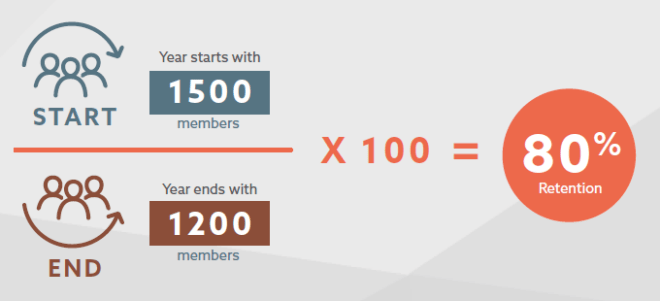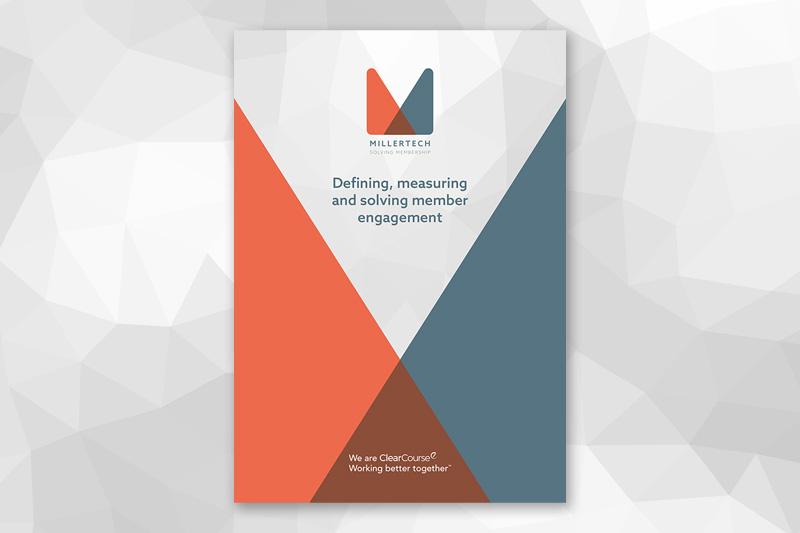In our consultancy work with trade unions, professional bodies and non-profits, we consider the business of membership as having three core pillars.
Engagement is the first and in a recent eBook, we defined this as an organisation’s quantifiable and measurable interactions with its members. Second was acquisition, a process often supported by driving engagement at such a level that non-members begin to sign up and pay subscriptions.
Retention is the third pillar and, in many ways, the most important for many membership organisations. In keeping with the old adage about customers, it is much cheaper to retain a member than to find a new one. Finding a strategy to achieve this is therefore cost effective, provides stability for the organisation and allows for sustained growth.
Retention Metrics
When considering the fiscal elements of retention, the concept of Member Lifetime Value (MLV) becomes an essential metric. It is defined as the annual revenue derived from the membership multiplied by the duration of that membership in years. While increasing subscription rates can be difficult in competitive sectors and finding new revenue streams is a challenge for every business, the equation shows that retaining members for even a year or two longer has a substantial benefit.
Calculating MLV

Tracking retention itself is a similarly straightforward calculation as we just need to understand what percentage of our members stick around each year. To do this we divide the total members at the end of a period by the total at the start, and then multiply the result by 100.
We can consider anything greater than 90% to be an excellent level of retention.
Retention Rate Calculation Example
Segmenting the data
This calculation gives us a single metric to consider. But it can, and should, also be applied to any number of segments within our membership to help inform strategies. We can study the retention rate within age groups, geographical locations, industry sectors and many other demographics.
As our retention strategies progress, we can compare and track their success and combine the findings with MLV figures to calculate and compare our return-on-investment across different approaches.
Need some further tips on your retention strategy? Download our Boosting Retention eBook below:


















































